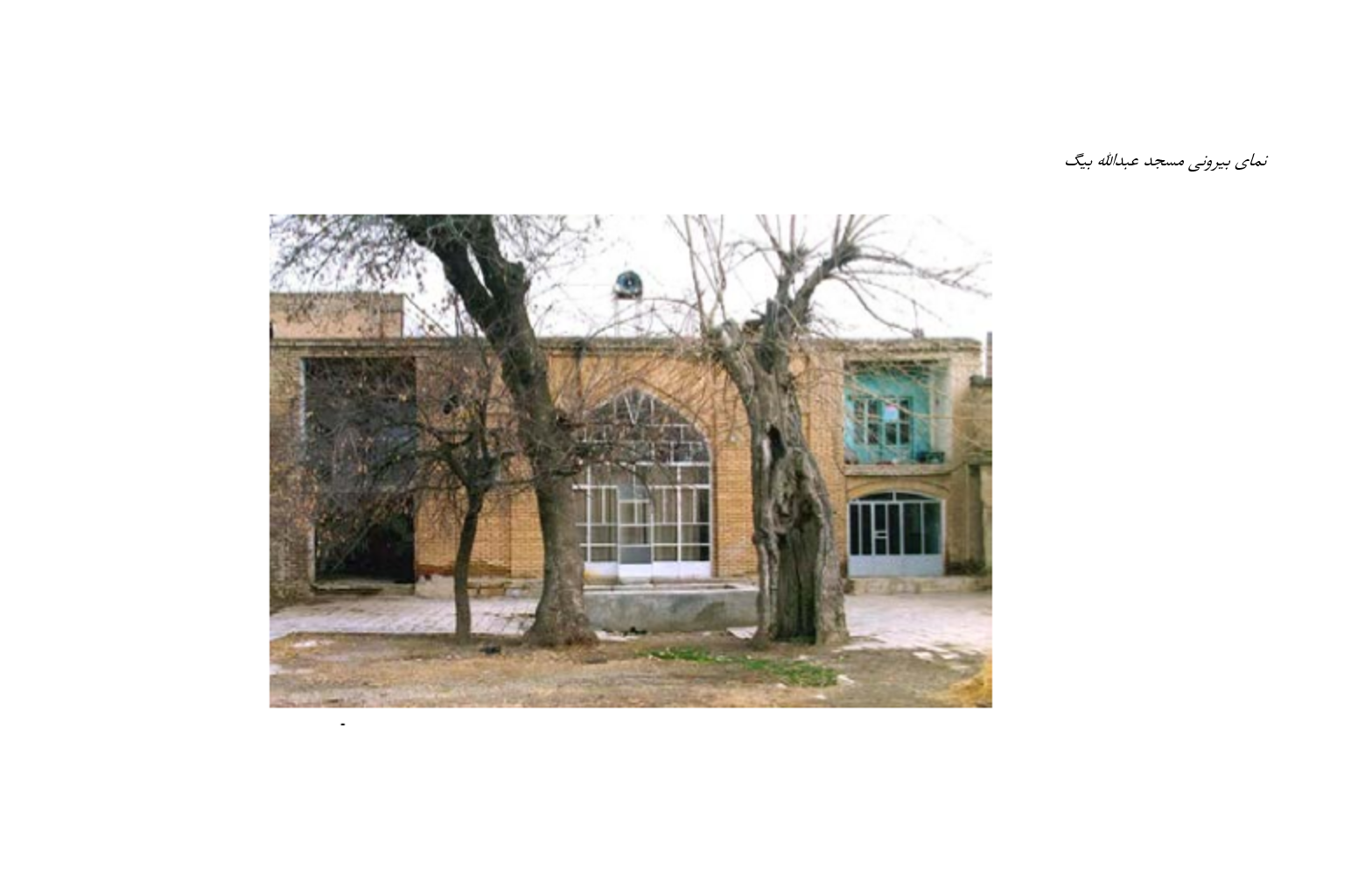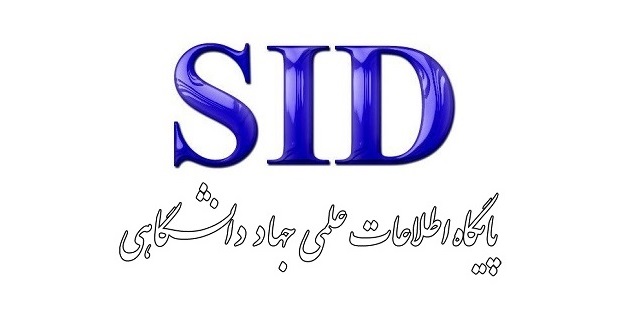An Analysis of the Typology of Architectural Structures in Contemporary Iranian Mosques (Case Study: Mosques in the Cities of Sanandaj and Isfahan)
Keywords:
mosque architecture, religious buildings, contemporary Iranian mosque structures, Sanandaj and IsfahanAbstract
The architecture of a land such as Iran, with its distinctive shapes, forms, and designs, has manifested with both similarities and differences in various periods and regions. This phenomenon is most evident in the embodiment of the most important religious building after Islam, the mosque, which reflects the art and architecture of the people. Therefore, examining and analyzing Iranian mosques from the perspective of architectural structure (form and function) can reveal the features and distinctions among them, thus contributing to the development and enhancement of this type of architecture and, more broadly, to the architecture of contemporary religious buildings. The aim of this study is to identify the spatial and structural characteristics of these buildings and to classify the typology of mosques, particularly in the cities of Sanandaj and Isfahan, in line with the research objectives. This research employs a descriptive-historical-analytical typology and identifies the criteria for mosque construction to explain the types, categorize them, and examine case studies. Field investigations and library studies have also been utilized in this process. Ultimately, the findings indicate that the iwan-courtyard and domed types represent the most frequent examples in these regions. Additionally, the columned iwan, domed chamber, courtyard, and surrounding corridors are key elements in the architectural structure of mosques in these areas. Indeed, by focusing on these architectural elements and promoting their development and expansion in national architecture, the position of mosque architecture can be significantly enhanced at both national and international levels. Moreover, these elements can be innovatively incorporated into the architectural structure of other contemporary buildings.
Downloads







